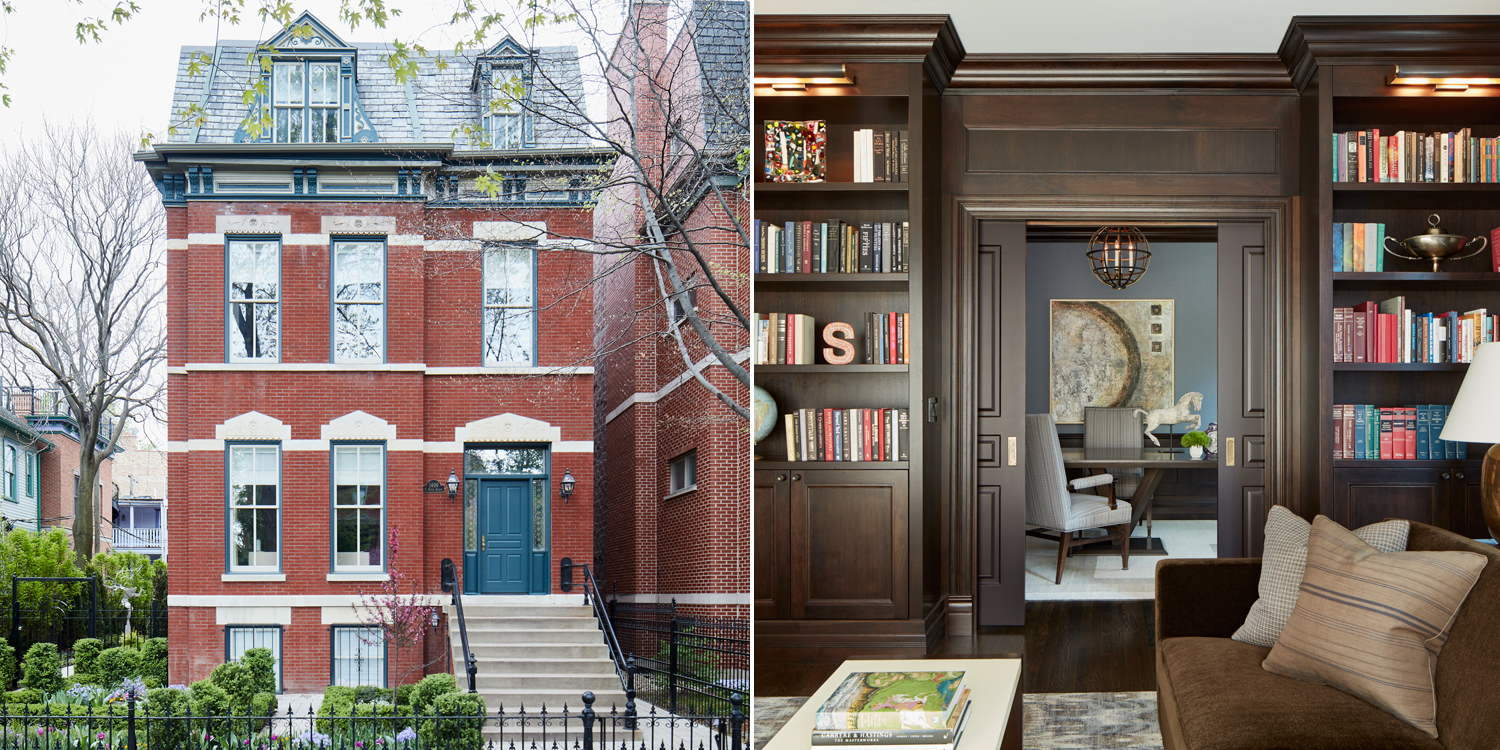Wicker Park’s 1406 N. Hoyne Avenue is undoubtedly historic. The Victorian was originally built for William H. Thompson, Chicago’s last Republican mayor, who served from 1915-1923 and 1927-1931. It is also set on “Beer Baron Row,” an area filled with mansions that were once homes to Chicago’s wealthiest brewers in the late 19th century.
But, when artist Mark Yee and his partner bought the home four years ago, many of its historic elements were no longer.
The home was renovated in the 1980s, bringing in finishes that were modern at the time, such as built-ins and black granite countertops. Though, during the updating, many of the home’s historical elements were lost, such as the crown moldings and casings.
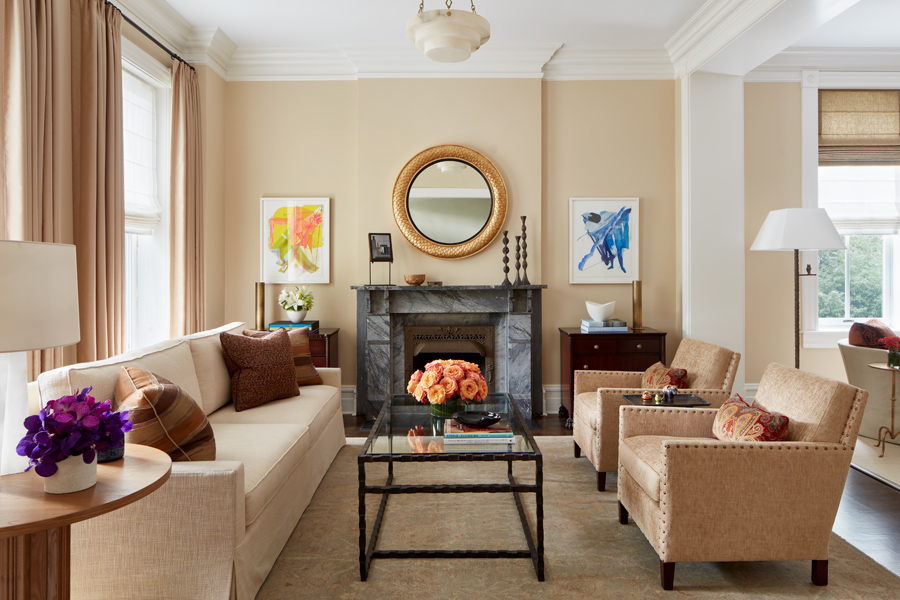
“We know a lot about old houses,” Yee said. “We lived in an old historic Wicker Park home for 20 years. We knew this home had good bones when we saw it.”
Yee and his partner loved that it was historic, as it was built in the 1870s, but also realized not everything that’s historic is practical. The couple have three children—Madeleine is 13, Sebastian is 10, and Vivian is 10.
“We wanted it both ways,” Yee said. “We wanted modern conveniences for a family of five, but we also love the historic nature of the home we lived in and we wanted that wherever we lived.”
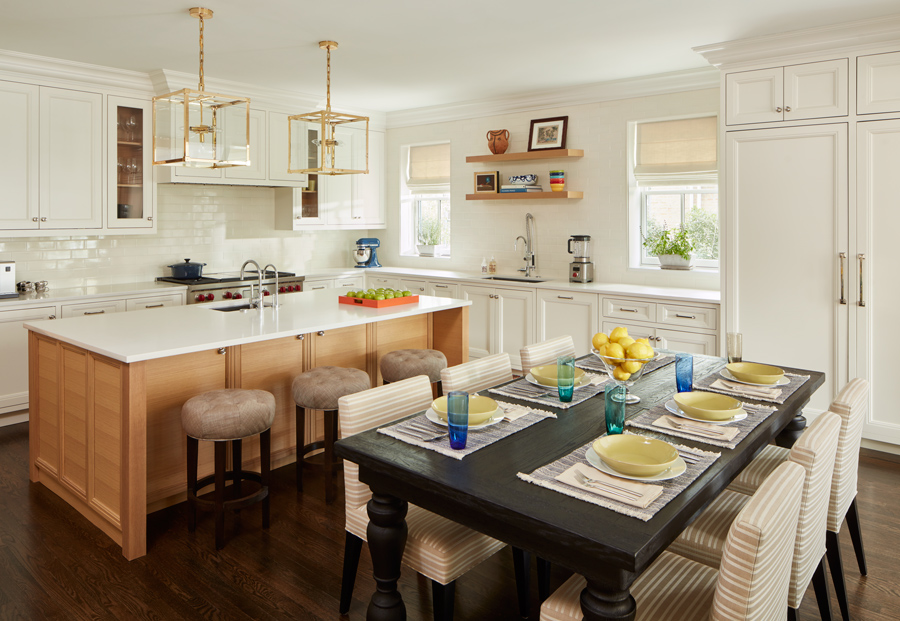
Four years ago, Yee and his partner did a walk-through of the Hoyne Avenue home with Tom Konopiots and Mike Stornello, both principals at Vincere, an interior design firm.
“We could just see the potential through their eyes,” Yee said.
Konopiots and Stornello undertook the two year renovation project to expand the house from 5,500 square feet to over 8000 square feet. Yee and his family continued to live just a couple blocks away in their old home while the work was completed.
“It was a real treat to see it come to life,” Yee said.
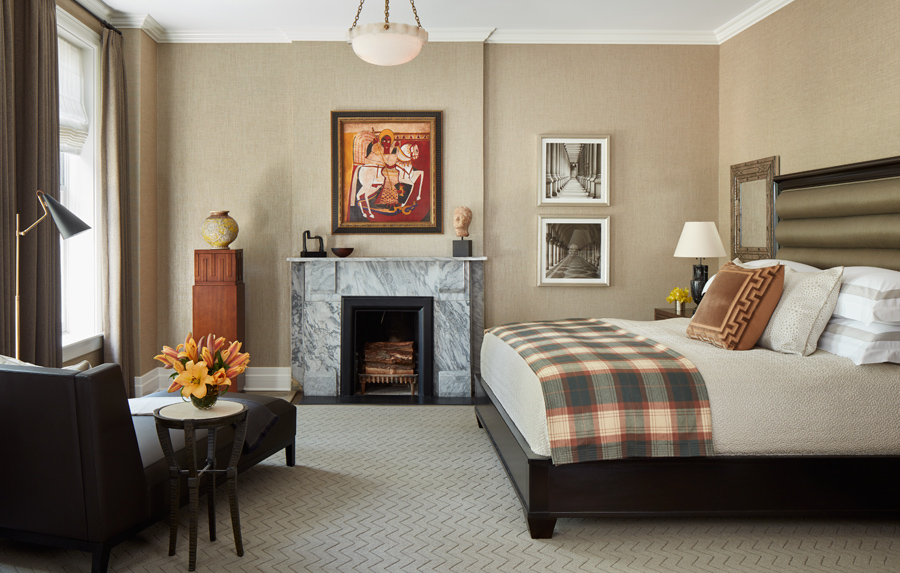
Konopiots noted that when Yee and his partner purchased the house there were no crown moldings left, something that would have been in the original home. There were some wooden casings left around the doorways and windows, but many of them had been lost in the previous renovation. It did still have original baseboards.
Konopiots and Stornello could not find the original floor plans for this home specifically, so they did historical research on other homes nearby to determine what the appropriate crown moldings would be.
“We actually then brought those back and had the casings replicated,” Konopiots said.
“Being a brick Victorian, the millwork was originally very significant and it wasn’t a small project to reproduce all of that,” Stornello added on. The new millwork is especially present in the redone mahogany library and office.
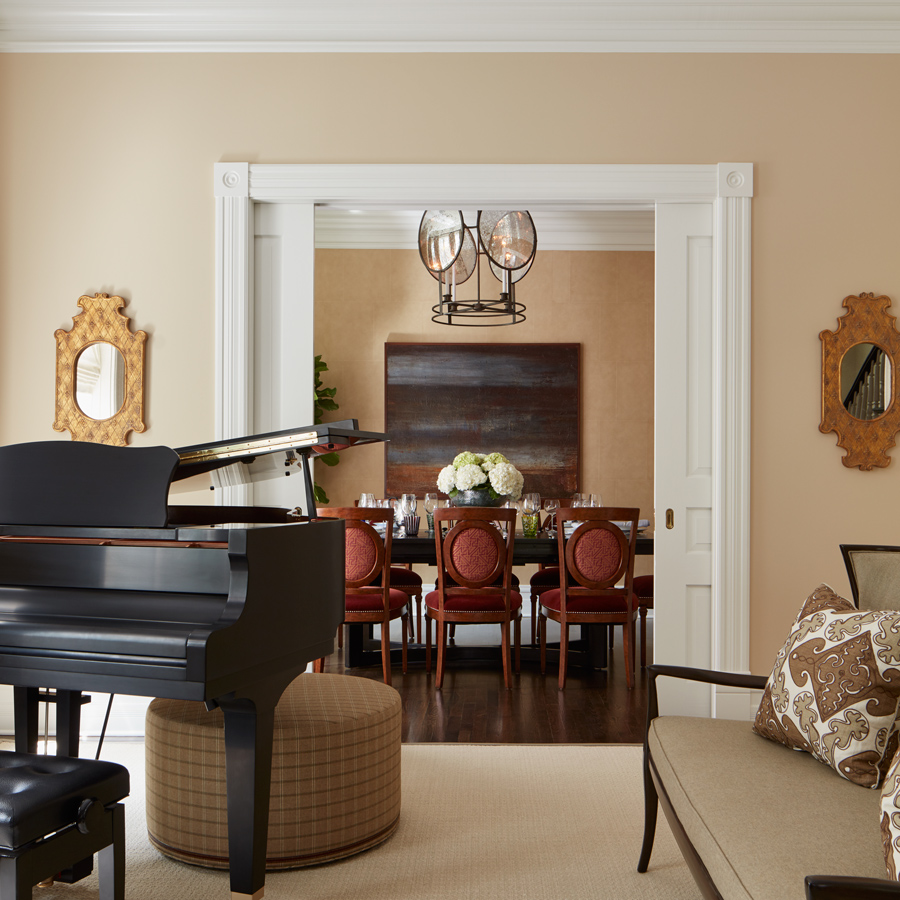
Yee and his partner also frequently entertain family and friends, so creating spaces for them to do that was a vital part of the renovation. They wanted both formal and informal gathering spaces.
“We wanted music to be the epicenter of the home,” Yee said. “We have had some epic cabarets around our Yamaha grand.” The most recent of such parties was for Valentine’s Day, as Yee noted they had couples sing love songs.
The kitchen, which used to be more closed off, is now open-concept and has been enlarged. They also added a family room, added a balcony, and raised the roof, all of which adds to the openness of the space.
The fact that Yee is an artist also played a role in the home’s transformation.
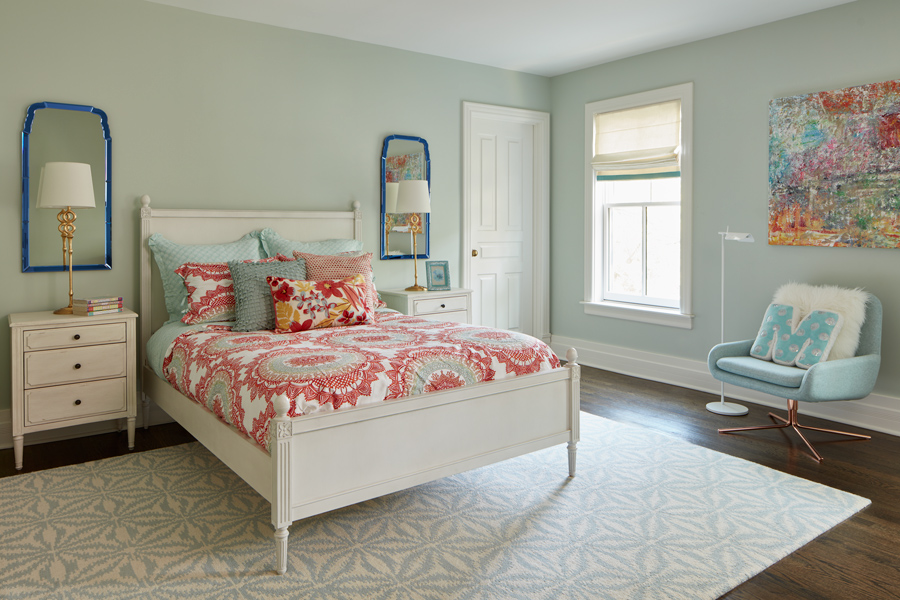
“This was the first client [we’ve had] who happened to be an artist,” Stornello said. “We welcomed it and I think that from the very early stages we planned specific areas that we wanted to target utilizing some of his work.”
Though Yee and his family had to be patient to see their new home, they have now been living in it for two years and love it.
“For this particular project what we found as a challenge and an exciting one, was taking an existing home with a specific point of view and remaining true to that, while still interpreting that in a way that lived well for a modern family,” Konopiots said. “It was the push and pull of two different eras.”




